
Identifying and managing IVIG-related side effects early on in treatment can improve efficacy and safety for patients with CIDP.

Identifying and managing IVIG-related side effects early on in treatment can improve efficacy and safety for patients with CIDP.

Phil Vigeant shares insights on the health benefits of protein supplements and guidance for consumers to identify safe and effective protein powder products.

Donna Ryan explains why long-term treatment with GLP-1 medication is typically necessary to maintain weight loss benefits.

Future research can explore the underlying cause of recurrent pericarditis with systemic Sjögren syndrome and the combination of rilonacept with immunosuppressive therapies.

Steven Pipe, MD, explains the long-term efficacy data surrounding etranacogene dezaparvovec in patients with hemophilia B.

Pharmacists can help educate patients, identify adverse events, and help patients communicate with other health care professionals or drug companies.
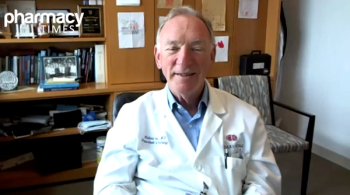
Richard Lewis discusses the critical role pharmacists and health care providers play in ensuring safe administration of IVIG for patients with CIDP.


Pharmacists should educate patients on abelacimab's potential therapeutic impact on atrial fibrillation patients at risk of stroke.

Proper nutrition and awareness of potential side effects from GLP-1 medications are essential for patients undergoing treatment.

Ming-Hei Tai, PharmD, BCOP, shares his concerns about the AQUILA trial and use of daratumumab for smoldering multiple myeloma.
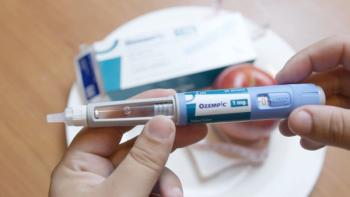
Donna Ryan discusses the landscape of GLP-1 medications and the lineup of indications that the drug class has received indications for in recent years.

Christian Ruff explains the strong efficacy associated with abelacimab compared with rivaroxaban in the AZALEA-TIMI 71 trial.

Tocilizumab-anoh is expected to increase competition, improve patient access, and deliver cost savings in the treatment of various inflammatory conditions.

Three experts from UPMC Health Plan highlight the importance of treating patients’ physical, mental, and social health when managing diabetes, rather than the disease alone.

The diabetes treatment landscape is rapidly evolving, with new combination therapies and oral GLP-1 medications, positioning pharmacists to have an important role in personalizing care.

Inhaling smoke can have acute effect for people with asthma, chronic obstructive pulmonary disease (COPD), or pulmonary fibrosis.

Jennifer Clements, a clinical professor and the director of pharmacy education at the University of South Carolina, discusses the pharmacists role in diabetes care.

The California wildfires caused many medical and community challenges, including triaging services, addressing basic needs, and supporting displaced residents.

Pharmacies are actively working to address issues and support their patients by collaborative with regulatory bodies like the Board of Pharmacy, and their engagement with the local community.

Pharmacy Times interviews Jennifer Clements, a clinical professor and the director of pharmacy education at the University of South Carolina, about glucagon-like peptide-1 receptors for diabetes treatment.
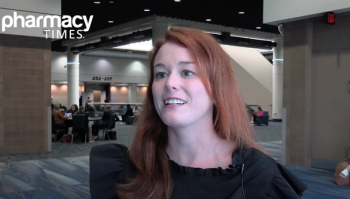
New medications like glucagon-like peptide-1 agonists and resmetirom show promise in reversing fatty liver disease and preventing progression.
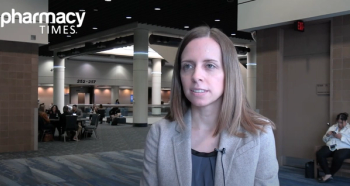
Pharmacists can educate patients on controlling risk factors and stay up-to-date on emerging therapies like SGLT2 inhibitors and finerenone that can slow disease progression.
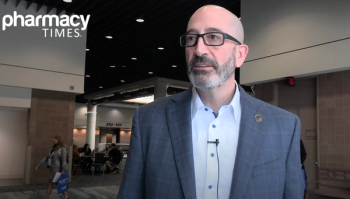
Lp(a) is a critical risk factor for atherosclerotic cardiovascular disease, but current lipid-lowering therapies are largely ineffective at lowering Lp(a) levels.

Administering first-dose antibiotics to septic shock patients via IV push rather than continuous infusion could improve the speed of antibiotic delivery and reduce logistical challenges.
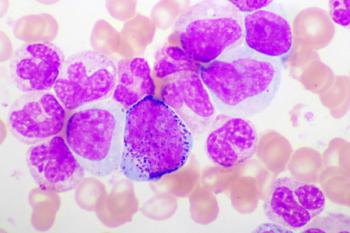
Constantine Tam, MD, discusses zanubrutinib's efficacy in CLL/SLL, emphasizing its durability, high response rates, safety considerations, and evolving therapeutic potential in combination with other agents.
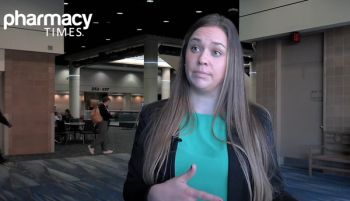
Pharmacists are crucial in educating patients, identifying eligible individuals, and promoting uptake of the newly expanded RSV vaccination recommendations for older adults.
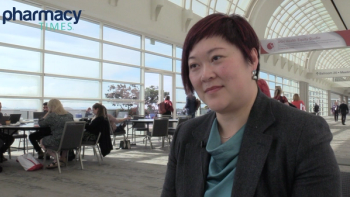
Yi Lin, MD, PhD, highlights the importance of achieving MRD negativity in multiple myeloma, CAR T-cell therapy outcomes, and the critical role of pharmacists in patient care.

Adoption barriers include insurance coverage, patient and provider education, and regulatory hurdles that require aligned initiatives across stakeholders.
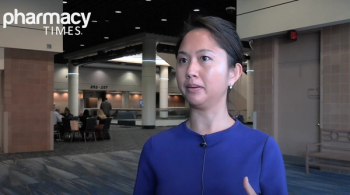
Pharmacists can significantly improve chronic obstructive pulmonary disease (COPD) management by promoting non-pharmacological interventions.